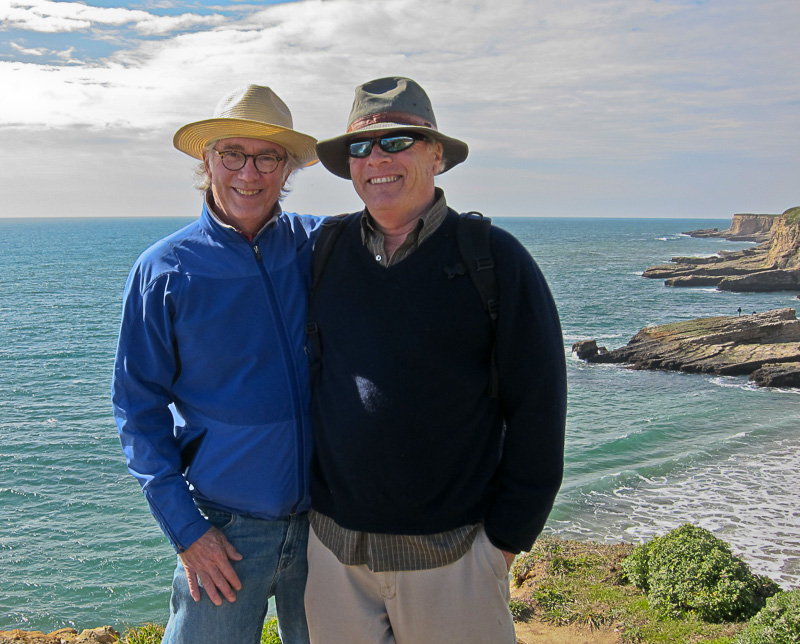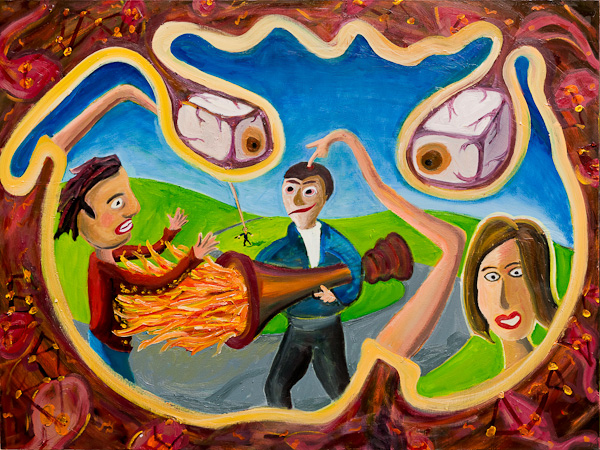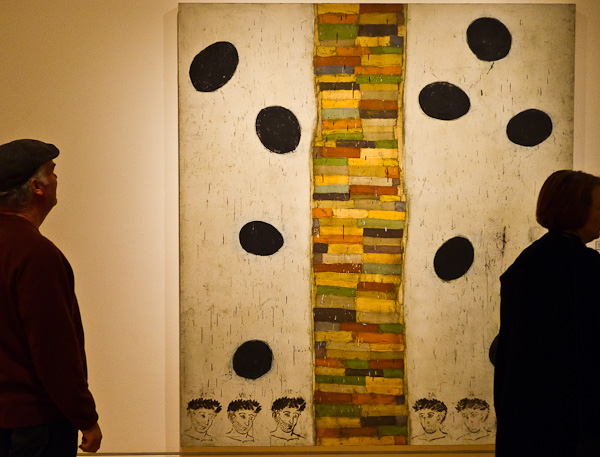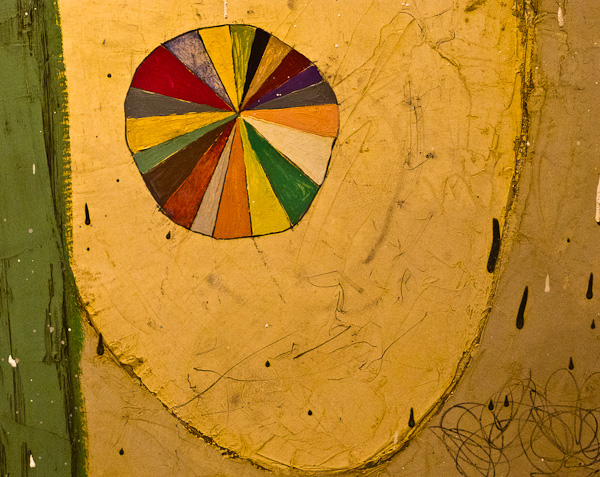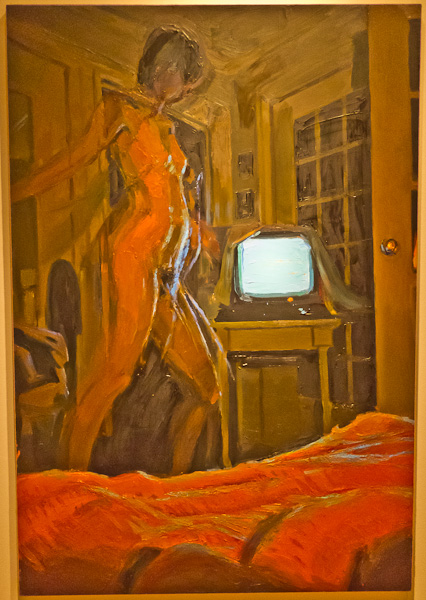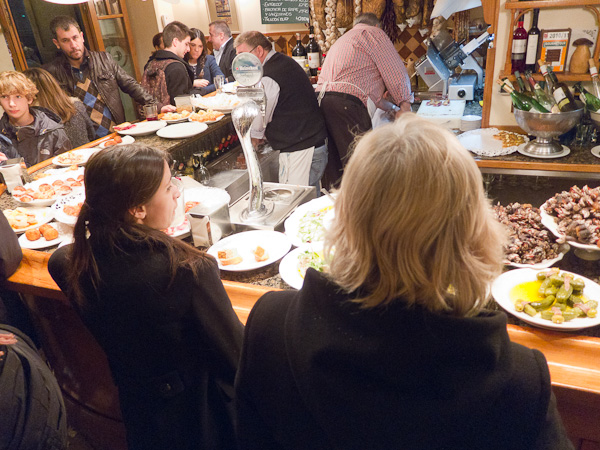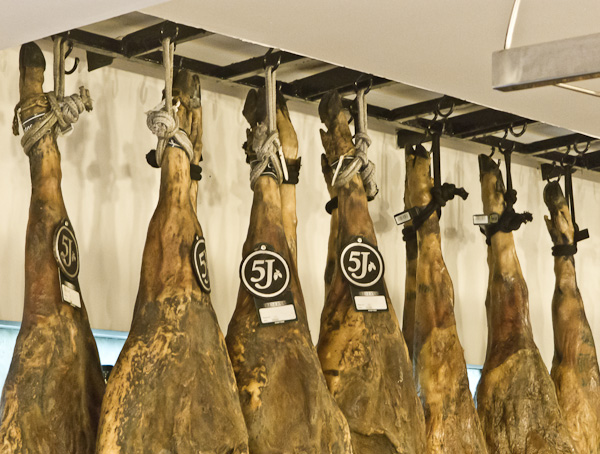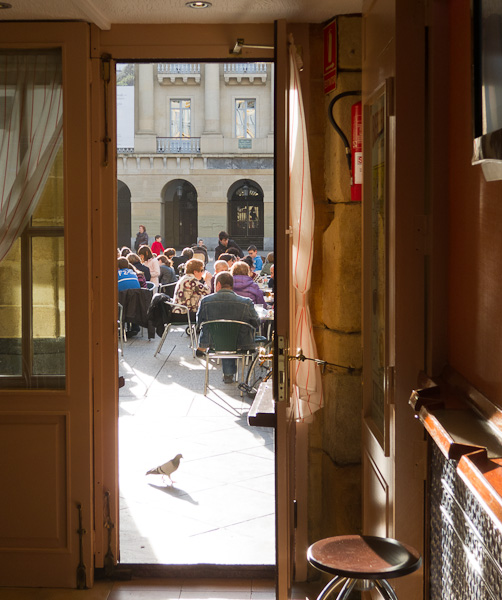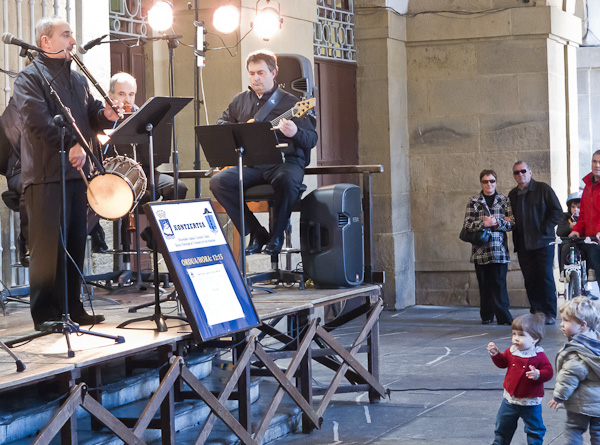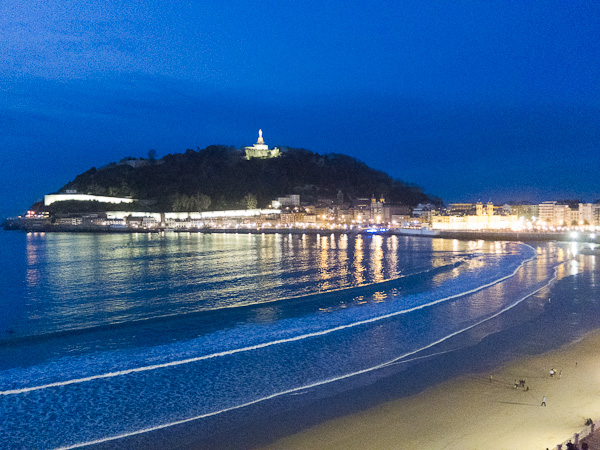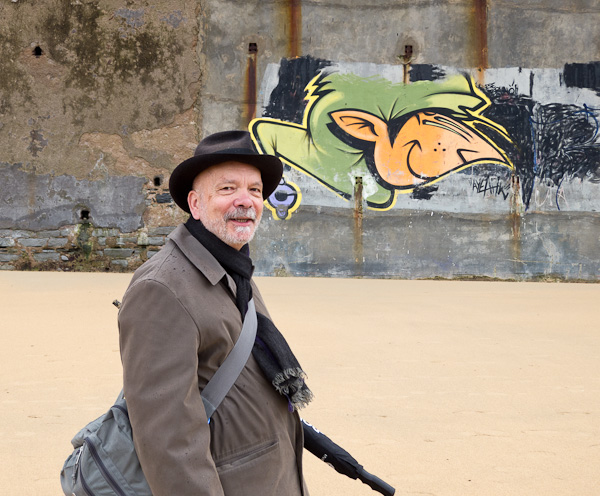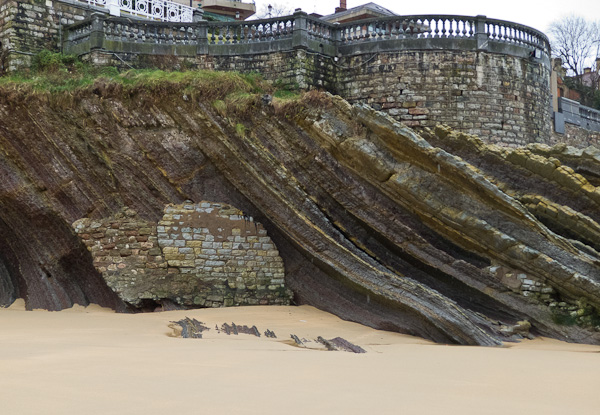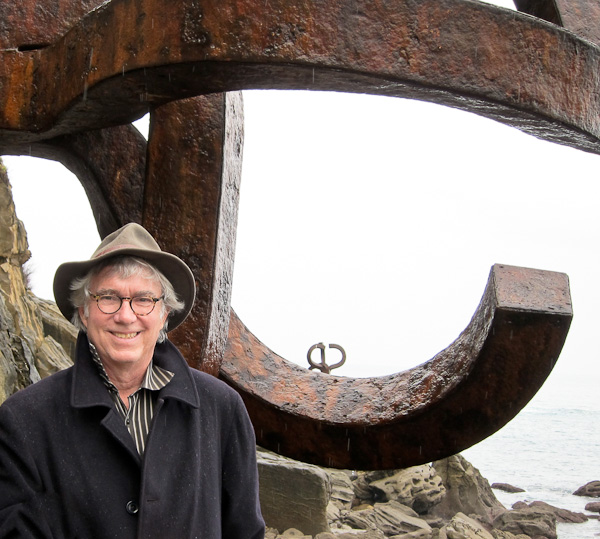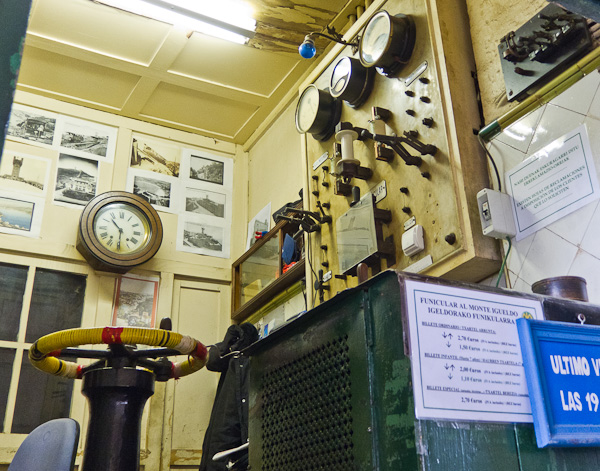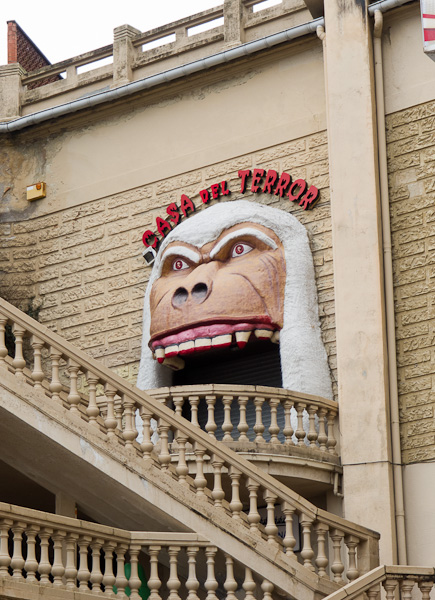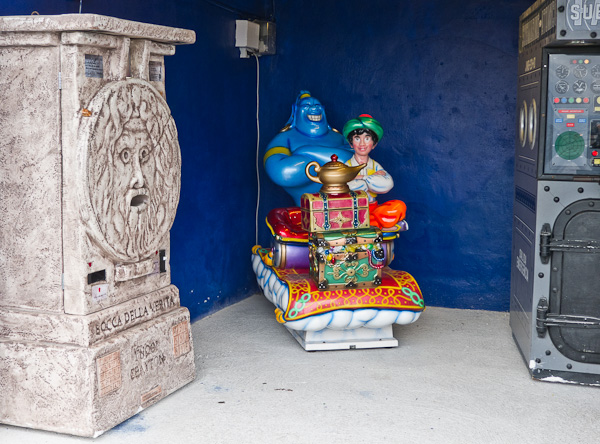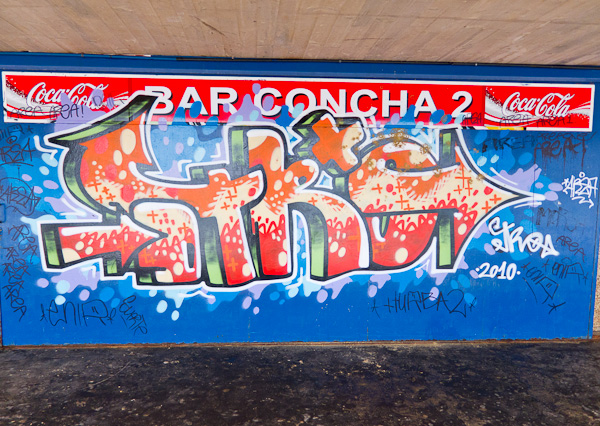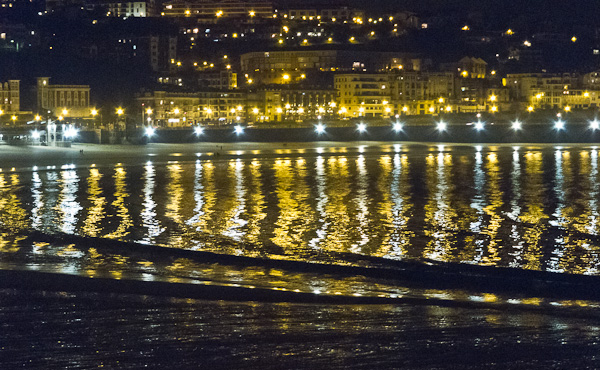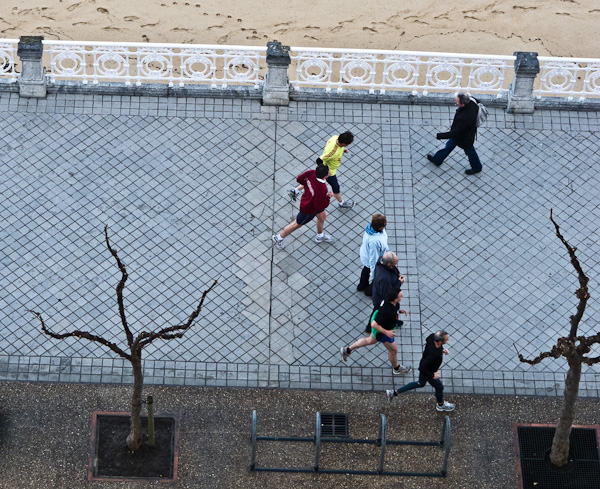The writer Nisi Shawl emailed me today, asking for the best and worst writing advice I ever received, with an eye to using my answer in the Clarion West’s spring newsletter. Here’s what I said.
The Best Advice on writing I ever read — and I don’t remember who said it, perhaps it was John Varley — was something to the effect that: “If you get a completely crazy idea for a twist on a scene, an idea you don’t think you dare use…go with it!”
The Worst Advice, which came from any number of boilerplate how-to-write articles is this: “Don’t think of starting work on the novel until you have a complete and detailed outline, and then stick to the outline!”
Of course it’s useful to have an outline, but it’s folly to imagine you can really know how things are going to end up once you’re five or ten chapters in. I revise my outline constantly as I go along. As for sticking to an outline, see the Best Advice!
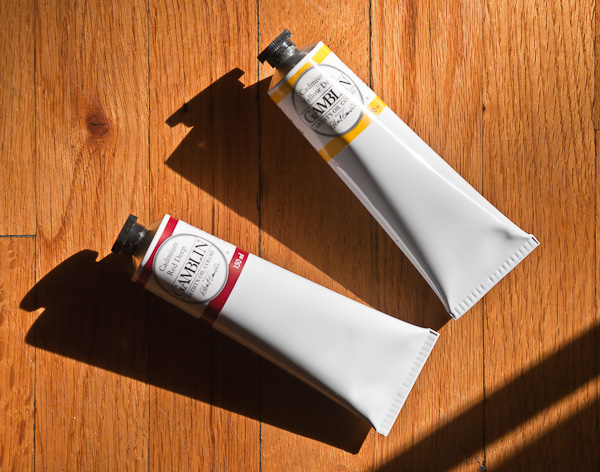
[I bought two big tubes of my fave oil-paint colors yesterday, Cadmium Red Deep, and Cadmium Yellow Deep. You’re looking at $100 of paint. Cadmium is expensive.]
I’m working on Turing & Burroughs, and it’s going well. I’m leading up to the big scene that I painted in “A Skugger’s Point Of View” last week.
I don’t want the cops to know that Alan is making a run for Los Alamos in hopes of getting hold of an H-bomb, so I took out an earlier passage where he tells his companions Judy and Ned what he’s up to. I’m kind of sorry to see this conversation go, as I thought it was funny. But I saved it into my “Notes for the Turing & Burroughs” document, and maybe I can use some of it later. For now, though, here it is.

[One can never match Edward Weston’s photos of calla lilies , but it’s fun to shoot them anyway.]
“Me, I’m hip to the master plan, too,” bragged Vassar. “I picked up on it when were doing skugger conjugation. Uhn, uhn, uhn. Alan wants to blow himself up with a hydrogen bomb from Los Alamos. Talk about your clear-channel radio! Shedding his light.”
“That’s something of a caricature,” said Alan with a sigh. “And I would request that everyone does their best to hide this kind information from anyone outside our circle.”
“An atomic bomb?” said Judy, laughing. She took this for a joke. “In Los Alamos? I’d love to tape the sounds.”
“And be sure to get Alan’s last words,” said Vassar. “Th-th-th-that’s all folks! Quaaaaaaak!”
“Don’t always be a dumb-ass,” said Ned. “This is real. An H-bomb’s flash could spray skug vibes into everyone in the country. We’d be home free after that.”
“You guys believe in the skugs that much?” said Judy, changing tack. “I keep thinking this is more like—I don’t know—a virus that I caught, and I’ll be well by the time I’m in California.”

Back in January 15, 2011, I signed fan Ron Corral’s Kindle because he had The Ware Tetralogy inside it! This was at an “SF in SF” event where I read from my forthcoming memoir, Nested Scrolls: A Writer’s Life.
The reliable Rick Kleffel made a nice podcast of both my reading, and an interview with me before my reading, he just posted the interview on his blog “The Agony Column.” You can also get to the podcast via , click the icon below.
Today’s big, late-breaking, news is that my former San Jose State University computer science student Harry Fu has gotten his three-dimensional Belousov-Zhabotinsky-scroll cellular automata (3D BZ CAs for short) working again. I posted about this a few years ago, but link-rot set in, and now it’s all good again.
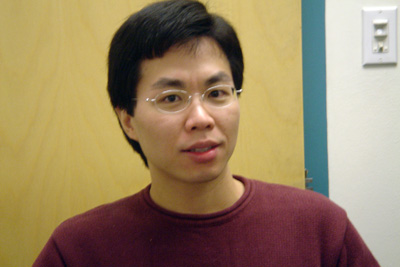
Way to go, Harry. Nobody’s ever seen three-dimensional CAs before except on supercomputers or using special hardware, especially not 3D BZ CAs, and our man Fu has these mofos working as a Java applet running Open GL!!!
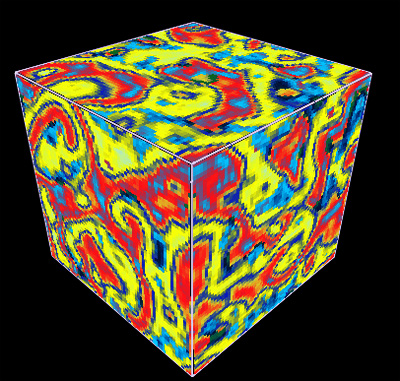
Note the spontaneously forming scrolls. The first 3D BZ CA picture shows a 3D version of the Hodgepodge Rule, and this one is the 3D Winfree Rule.
Gnarly much? Live mushrooms, vortices, jellyfish.
So how can you, too, run Fu’s applet? Go to Fu’s Welcome to CA 3D page for an overview.
And then proceed to o Fu’s CA3D download page, which walks you through three steps for your Mac or Windows machine.
(1) Make sure you have the latest and greatest version of Java, this would be version 6 today. Anyway, go and get the JRE (Runtime Environment) for your Mac or Windows system. You don't need the full developer’s kit, just the JRE. (2) Get JOGL (Java bindings for Open GL). (3) Run Fu’s application locally, as ca3D.jar or run it in your browser at Fu’s 3D CA Simulation page (Caveat, right now the online version runs in Internet Explorer 8 for me, and in Firefox 3.6, but not in the current Firefox 4 RC1 release, although this prob may go away in the final Firefox 4. Harry says it runs in Safari on the Mac as well.). And in any case, it runs locally from the jar file.
Geekin’ OUT! And lovin’ it. You realize, of course, that your brain is a 3D BZ CA?












